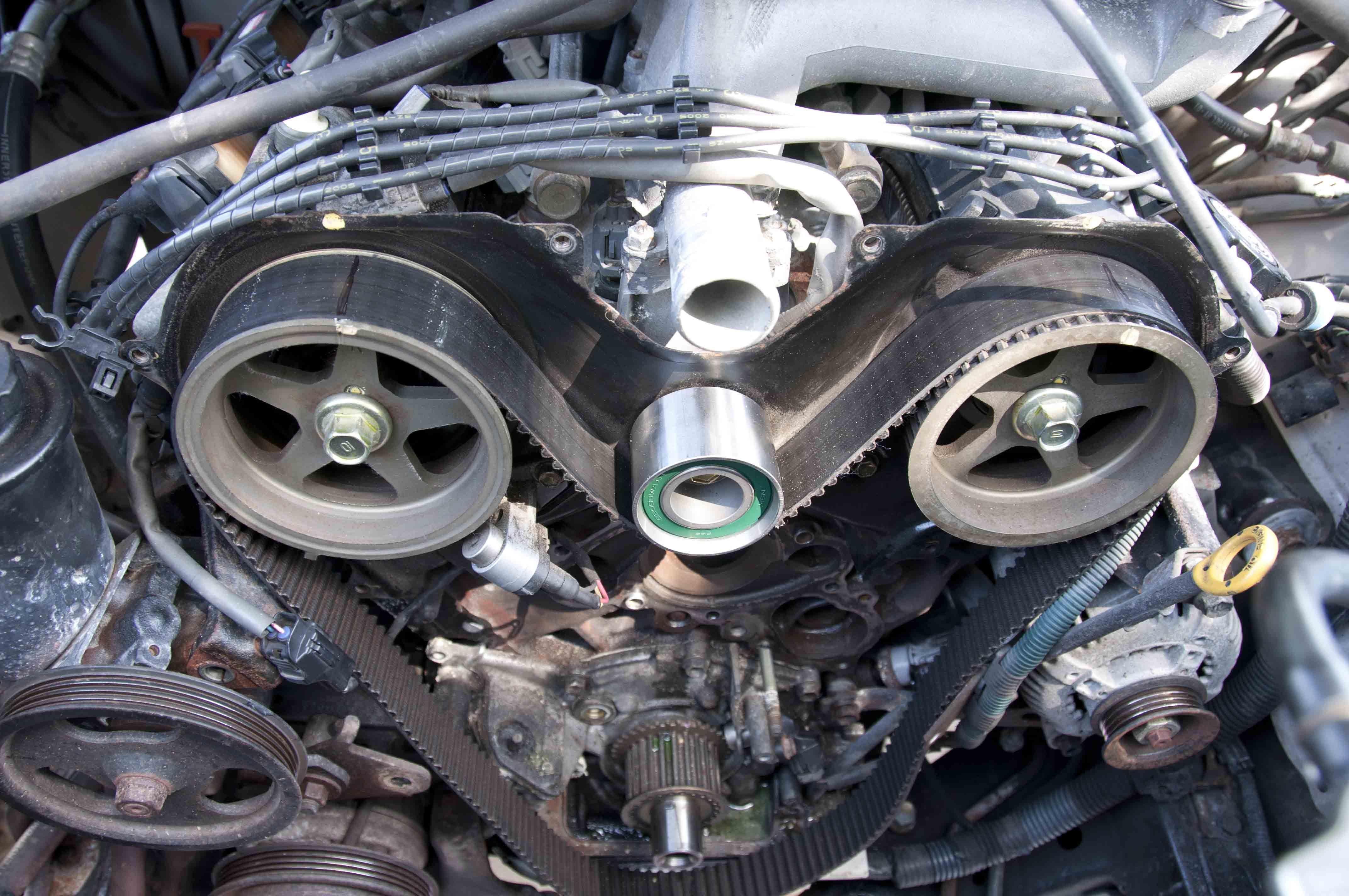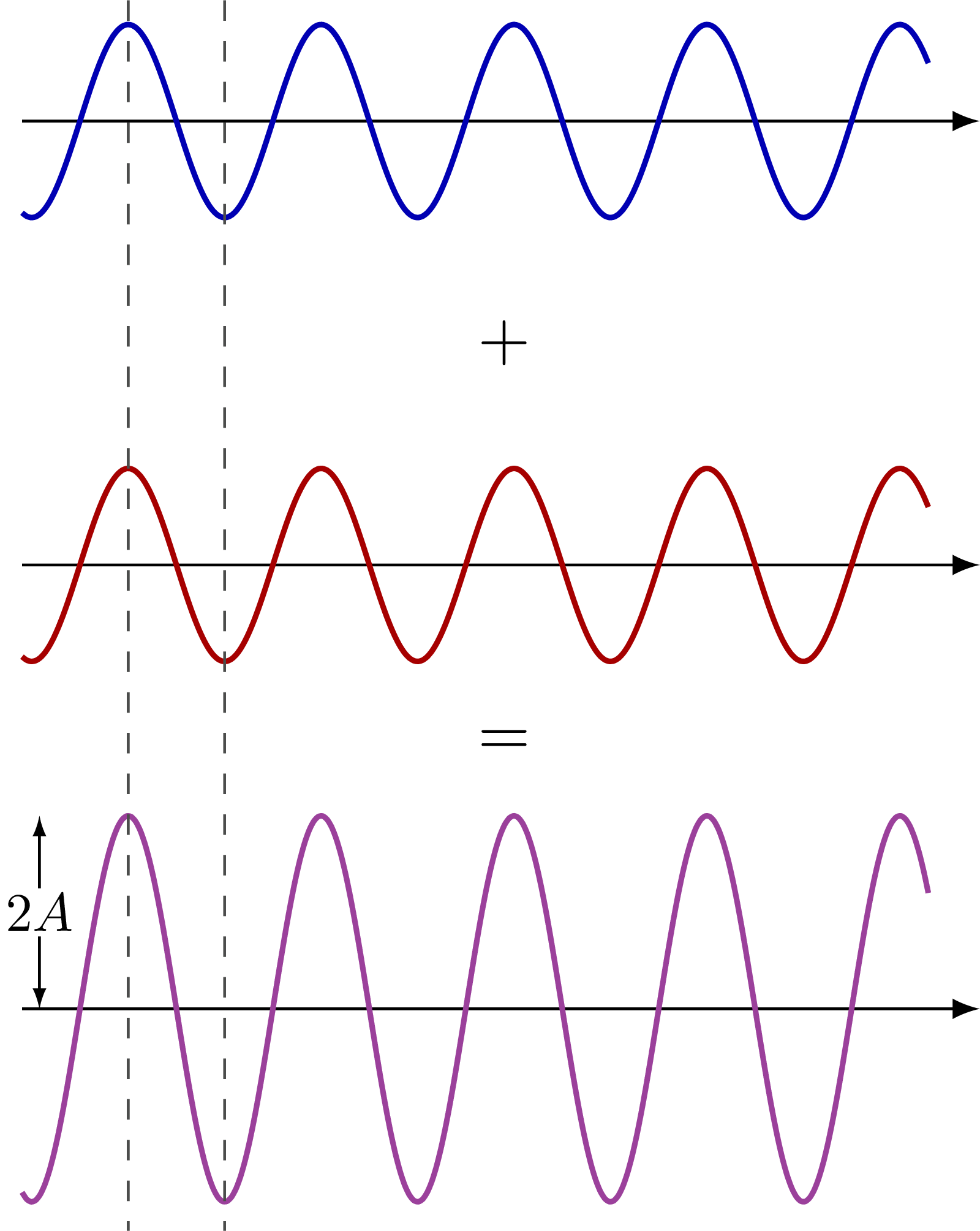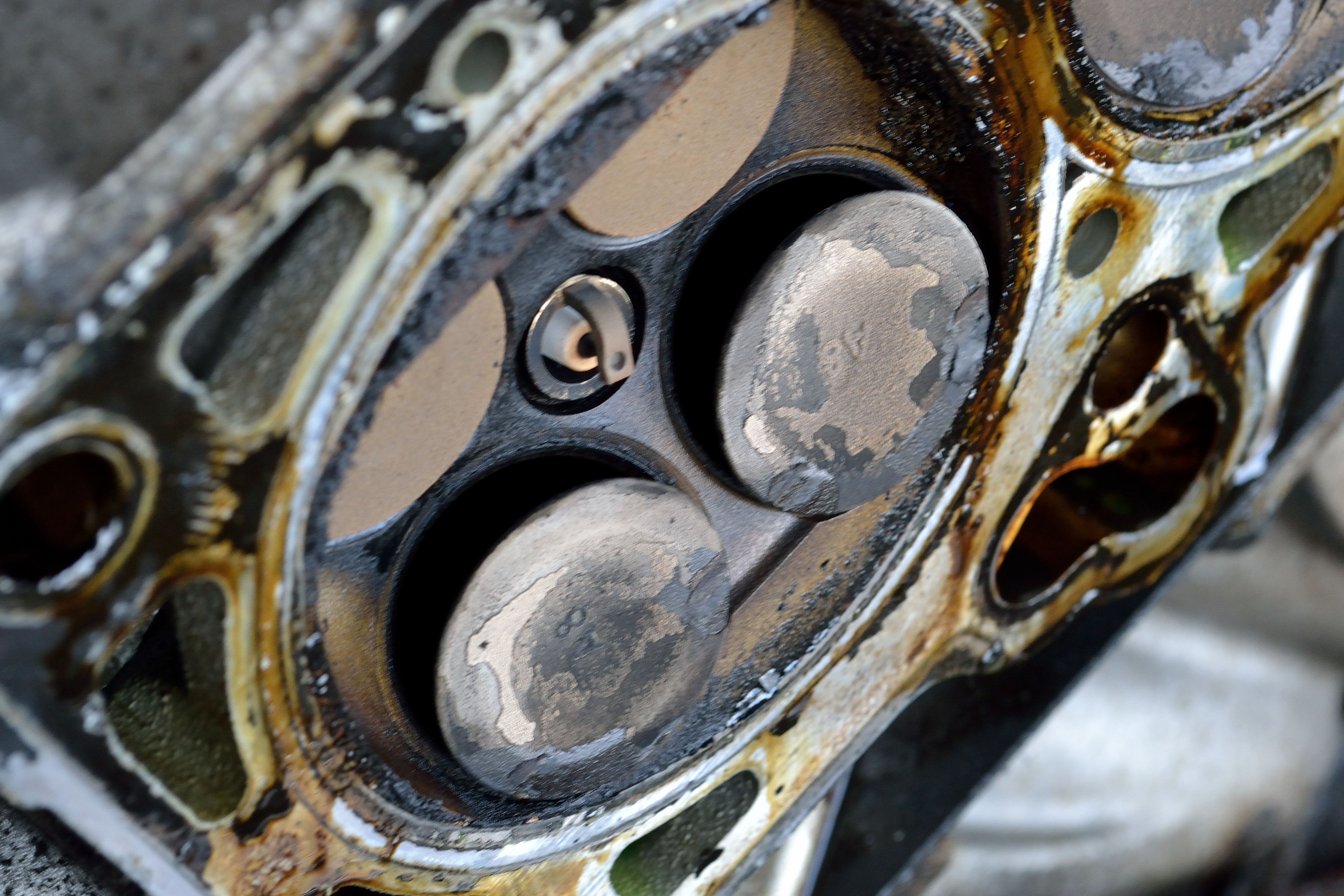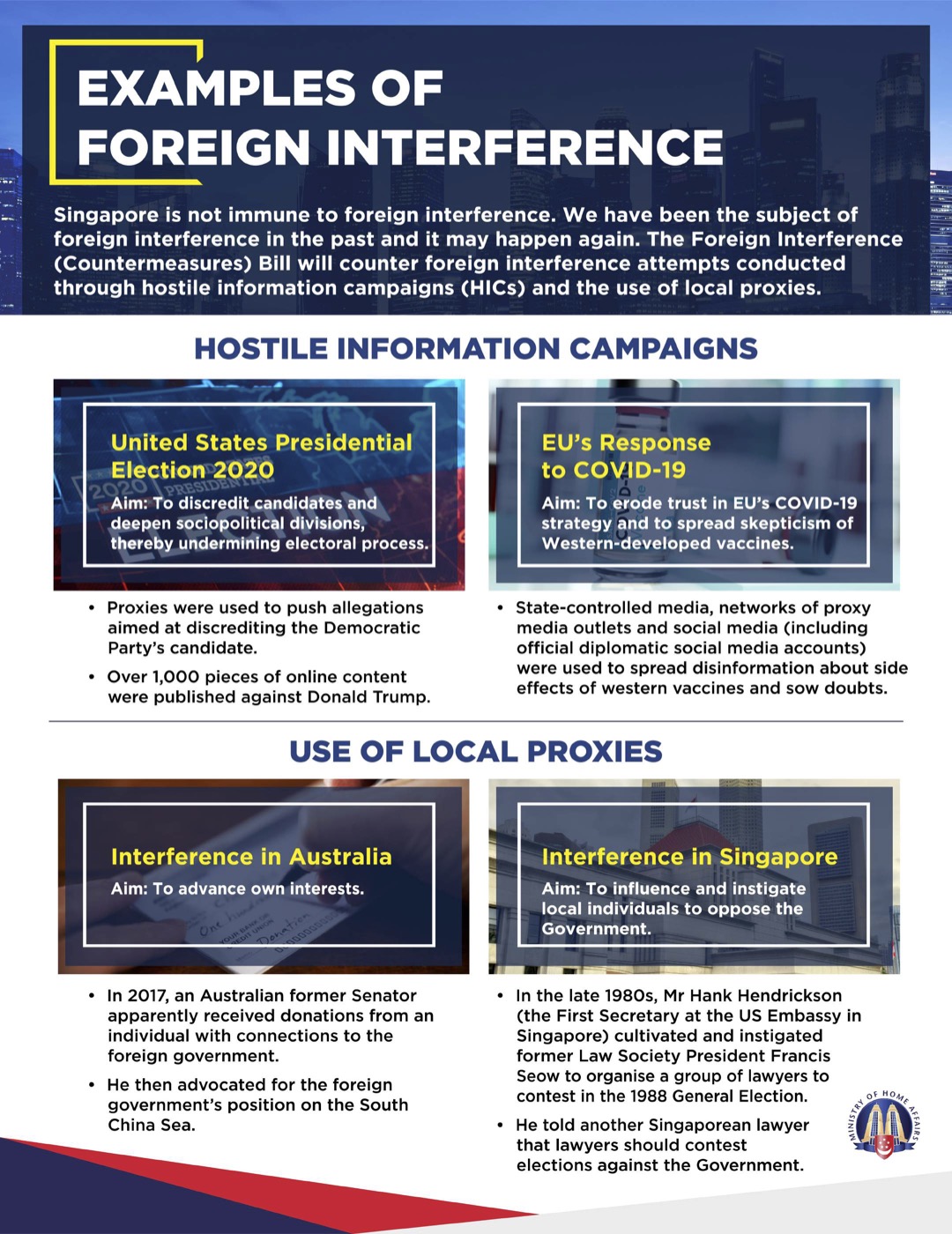Interference vs Non-Interference Engines: Understanding the Consequences
When it comes to automotive engines, there are two main types of valvetrain designs: interference and non-interference. While both designs have their own advantages and disadvantages, it’s crucial to understand their differences to make informed decisions about your vehicle’s maintenance and repairs.

## Interference Engines: A Balancing Act
Interference engines are designed with valves that open and close in close proximity to the piston. This configuration allows for more efficient combustion and improved performance, especially at higher RPMs. However, the downside is that if the timing belt or chain fails, the valves can collide with the pistons, causing significant damage and costly repairs.

## Non-Interference Engines: Safety First
Non-interference engines, on the other hand, have valves that are positioned in a way that prevents them from hitting the pistons even if the timing belt or chain breaks. This design offers peace of mind, as you don’t have to worry about catastrophic engine damage in the event of a timing belt failure. However, non-interference engines may sacrifice some performance and efficiency compared to interference engines.

## Historical Evolution and Myths
The development of interference engines goes back to the 1970s, when manufacturers sought to improve engine performance and meet stricter emission regulations. However, early interference engines had a reputation for causing significant damage in the event of timing belt failure, leading to the perception that they are unreliable.

## Hidden Truth: The Role of Prevention
While it’s true that interference engines can be more susceptible to catastrophic damage in the event of a timing belt failure, this risk can be significantly reduced through proper maintenance. Regularly inspecting and replacing the timing belt or chain at the manufacturer’s recommended intervals is essential to prevent costly repairs and extend the engine’s lifespan.

## Recommendation: Balancing Performance and Risk
Choosing between an interference or non-interference engine depends on your driving style and vehicle usage. If you prioritize performance and fuel efficiency, an interference engine might be a good option. However, if you prefer peace of mind and want to avoid the potential for catastrophic engine damage, a non-interference engine may be a better choice.

### Advantages and Disadvantages of Interference Engines
Interference engines offer better performance and fuel efficiency but carry the risk of catastrophic damage if the timing belt or chain fails.
## Tips for Maintaining Interference Engines
Regularly inspect and replace the timing belt or chain at the manufacturer’s recommended intervals. Consider using high-quality replacement parts to reduce the risk of premature failure.

#### Timing belt replacement and consequences of failure
Timing belt replacement is a crucial maintenance task for interference engines. Failure to replace the belt at the specified intervals can lead to serious engine damage.

## Fun Facts about Interference and Non-Interference Engines
Some non-interference engines can still experience valve damage if the timing belt or chain breaks, depending on the specific engine design.

## How to Avoid Engine Damage from Timing Belt Failure
The best way to avoid engine damage from timing belt failure is to follow the manufacturer’s recommended maintenance schedule for both interference and non-interference engines.
Lubrication and Timing belt tension
Proper lubrication and maintaining the correct tension on the timing belt are also important factors in preventing timing belt failure and protecting your engine.
## Conclusion: Informed Decisions for Engine Health
Understanding the consequences of interference vs non-interference engines allows you to make informed decisions about your vehicle’s maintenance and repairs. By balancing performance, safety, and proper maintenance practices, you can keep your engine running smoothly and extend its lifespan.
